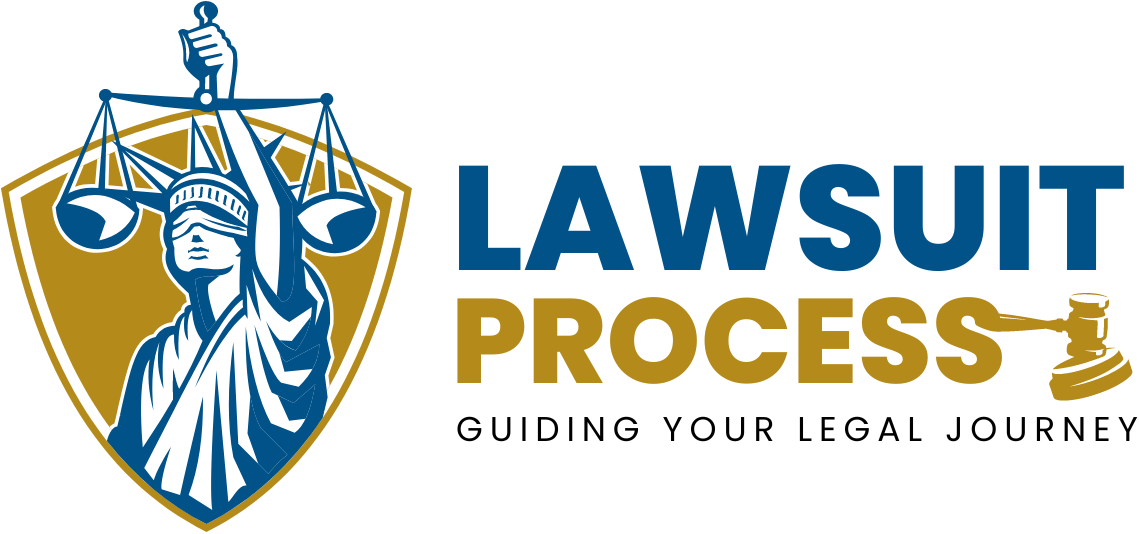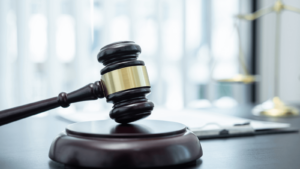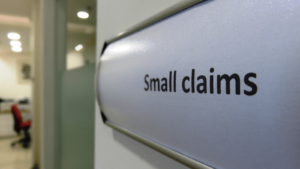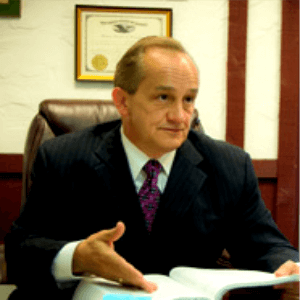Fraud is a serious legal issue that can lead to significant financial and reputational damage. In the United States, the process of filing and pursuing a fraud lawsuit is a complex legal journey. This article will walk you through the essential steps of the fraud lawsuit process, including filing the claim, gathering evidence, and the possible outcomes.
What is Fraud?
Fraud is defined as a deliberate deception to secure unfair or unlawful gain, or to deprive a victim of their legal rights. Fraud can take many forms, including financial fraud, identity theft, and fraudulent misrepresentation in business transactions.
To prove fraud in court, the plaintiff must establish that the defendant knowingly misrepresented material facts, intended to deceive, and caused financial harm or other damages to the plaintiff.
Steps in the Fraud Lawsuit Process
1. Filing a Complaint
The first step in a fraud lawsuit is filing a complaint in the appropriate court. The complaint outlines the nature of the fraud, the parties involved, and the damages being sought. The complaint must clearly define how the defendant’s actions constituted fraud.
The complaint is filed by the plaintiff (the party who has been harmed) and served to the defendant (the party accused of fraud), typically through a process server or certified mail.
2. Response from the Defendant
After receiving the complaint, the defendant is required to respond within a specific time frame (usually 20-30 days). The response may admit or deny the allegations, and the defendant may file a counterclaim or motion to dismiss if they believe the lawsuit lacks merit.
3. Discovery Process
The discovery phase allows both sides to gather evidence and build their cases. This may involve:
- Requesting documents
- Conducting depositions (interviews under oath)
- Interrogatories (written questions to be answered under oath)
The goal of discovery is to uncover relevant facts, witnesses, and documents that will support either side’s arguments.
4. Pre-Trial Motions
Before the case proceeds to trial, either party may file pre-trial motions. These motions can address a variety of issues, such as requests for summary judgment (asking the court to decide the case based on the evidence presented in discovery), motions to exclude certain evidence, or motions to dismiss.
5. Trial
If the case is not settled or dismissed during pre-trial, it will go to trial. During the trial, both sides present their evidence and arguments. In fraud cases, the plaintiff must prove that:
- The defendant made a false representation of a material fact.
- The defendant knew the representation was false or made it with reckless disregard for the truth.
- The defendant intended to deceive the plaintiff.
- The plaintiff relied on the misrepresentation and suffered damages as a result.
The trial may be conducted before a judge (bench trial) or a jury, depending on the circumstances of the case.
6. Verdict and Judgment
After the trial, the judge or jury will render a verdict. If the plaintiff wins, the court will issue a judgment outlining the damages that must be paid by the defendant. These damages can include compensatory damages (to cover the plaintiff’s losses) and, in some cases, punitive damages (intended to punish the defendant and deter future fraud).
Possible Outcomes of a Fraud Lawsuit
There are several possible outcomes of a fraud lawsuit:
- Settlement: In many cases, parties reach a settlement agreement before the trial concludes. The defendant may agree to pay a certain amount to resolve the dispute and avoid further litigation.
- Judgment in Favor of Plaintiff: If the plaintiff proves their case, they may receive a judgment awarding them compensatory and possibly punitive damages.
- Judgment in Favor of Defendant: If the plaintiff fails to prove the elements of fraud, the court may rule in favor of the defendant, resulting in dismissal of the case.
- Appeal: Either party may appeal the verdict if they believe legal errors were made during the trial. Appeals must be filed within a specific timeframe and will be reviewed by a higher court.
Conclusion
The fraud lawsuit process in the United States is intricate and requires a thorough understanding of both legal principles and the specific facts of each case. It is essential for both plaintiffs and defendants to work with qualified legal professionals who can guide them through the complexities of the process and ensure their rights are protected.










